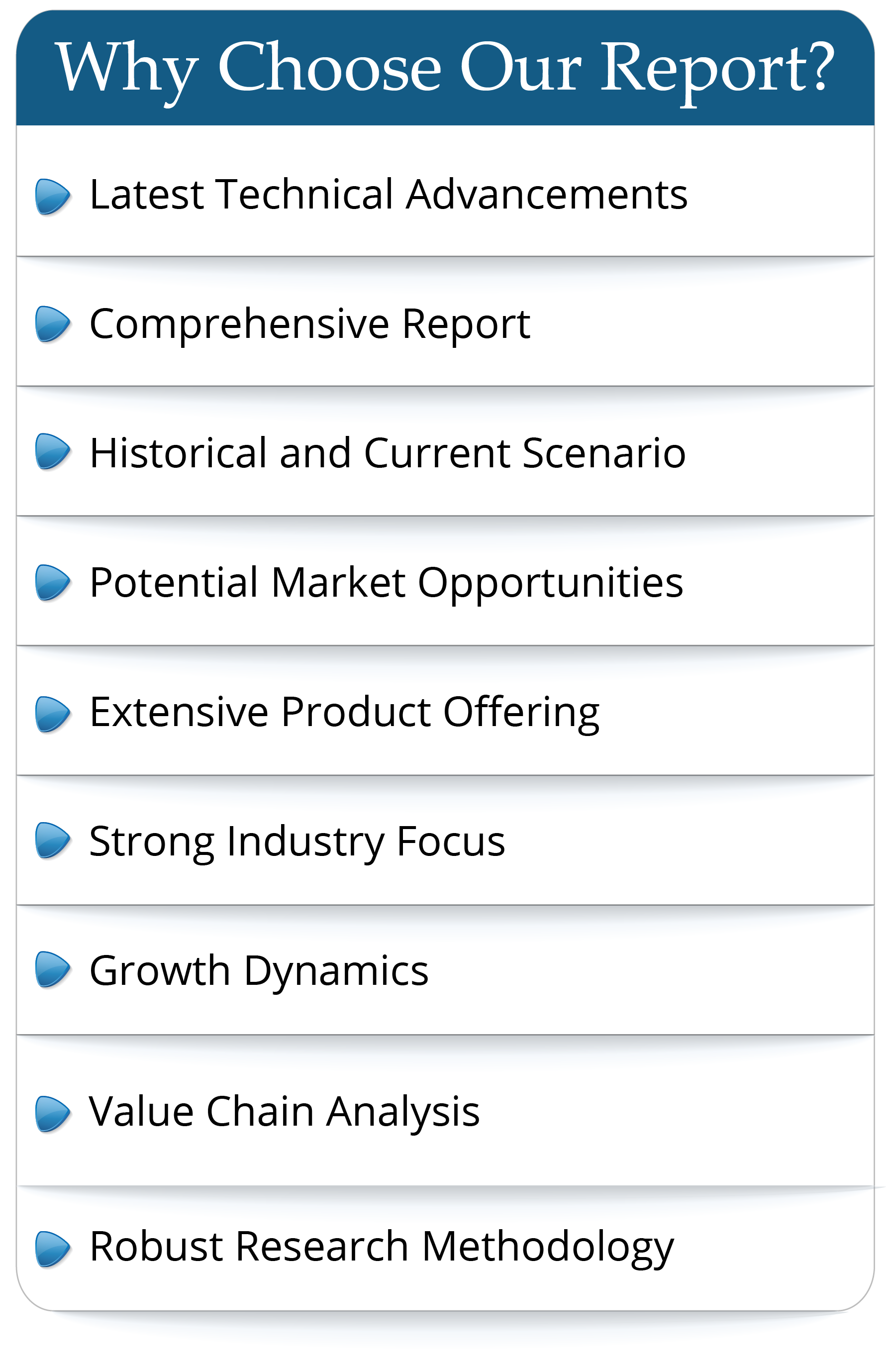This module is part of a study 2,622 pages long, with 1,273 tables and figures that addresses the business issues connected with data center modernization. There are 20 module parts to the larger study comprised of detailed analysis of how new infrastructure layers will work to support management of vast quantities of data.
Worldwide hyperscale data center markets implement cloud computing with shared resource and the aim, more or less achieved of providing foolproof security systems that protect the integrity of corporate data. Cloud data centers are poised to achieve explosive growth as they replace enterprise web server farms with cloud computing and with cloud 2.0 automated process computing. The implementation of secure large computing capability inside data center buildings provides economies of scale not matched by current state of the art enterprise data center standalone server technology.
Economies of scale provide savings of between 50% to 100x less cost. These are savings that cannot be ignored by any person responsible or running a business.
Building size cloud 2.0 computer implementations feature simplicity of design achievable only with scale. These data centers implement cloud 2.0 in a move that works better than much of the current cloud computing. The cloud 2.0 data centers have been reduced to two types of components, an ASIC server: single chip servers and a network based on a matching ASIC switch. Data centers are implemented with a software controller for that ASIC server and switch infrastructure.
The major driving factors for Cloud 2.0 mega data center market are cost benefit, growing colocation services, need for data consolidation, and cloud. Amazon (AWS), Microsoft, Google, and Facebook data centers are in a class by themselves, they have functioning fully automatic, self-healing, networked mega datacenters that operate at fiber optic speeds to create a fabric that can access any node in any particular data center because there are multiple pathways to every node. In this manner, they automate applications integration for any data in the mega data center.
This module addresses the issue of data center bottlenecks initially by drawing the reader’s attention to an analogy: navigating a sailboat through Woods Hole on Cape cos Massachusetts. The navigation is tricky -- potentially dangerous.
The bottleneck is potentially dangerous -- for a combination of reasons. The current routinely flows through at over 4 knots, and can hit 7 knots. Full current on the nose makes transit slow and awkward. Full current from astern where the current runs slightly cross-channel causes awkward transit at an alarmingly rapid pace.
The existing data centers have a lot of entrenched culture and equipment. Mainframes represent 86% of transaction data processing and function generally in a manner separated from web traffic, though they doo handle some web traffic. One issue is, “What to do with the existing mainframes with its separate culture, functioning at 115% of capacity, and utterly impregnable security?”
“The mega data centers have stepped in to do the job of automated process in the data center, increasing compute capacity efficiently by simplifying the processing task into two simple component parts that can scale on demand. There is an infrastructure layer that functions with simple processor, switch, and transceiver hardware orchestrated by software. There is an application layer that functions in a manner entirely separate from the infrastructure layer. The added benefit of automated application integration at the application layer brings massive savings to the IT budget, replacing manual process for application integration. The mainframe remains separate from this mega data center adventure, staying the course, likely to hold onto the transaction management part o data processing.”
The only way to realign enterprise data center cost structures is to automate infrastructure management and orchestration. Mega data centers automate server and connectivity management. Cisco UCS Director illustrates software that automates everything beyond. Cisco UCS automates switching and storage, along with hypervisor, operating system, and virtual machine provisioning.
As IT relies more on virtualization and cloud mega data center computing, the physical infrastructure is flexible and agile enough to support the virtual infrastructure. Comprehensive infrastructure management and orchestration is essential. The enterprise data centers and many cloud infrastructure operations all have similar problems of being mired in administrative expense. This presents a problem for those tasked with running companies.
The Internet has grown by a factor of 100 over the past 10 years. To accommodate that growth, hyperscale data centers have evolved to provide processing at scale, known as cloud computing. Facebook for one, has increased the corporate data center compute capacity by a factor of 1,000. To meet future demands on the Internet over the next 10 years, the company needs to increase capacity by the same amount again. Nobody really knows how to get there. Tis study takes a hard look at the alternatives open to business leaders.
Everyone should know by now that the enterprise data center is dead. It will no longer exist in three years, that is the time it takes servers to become outdated and need replacement. In that timeframe, enterprises will migrate workload from the core enterprise servers to the large data center that can provide processing at half the cost of current processing. Maybe this forecast is too aggressive, but probably not. The mainframe stays around as detailed in a different report.
The Hyperscale Data Centers: market size at $86.9.7 million in 2016 is anticipated to be $359.7 billion in 2023. The market has astoundingly rapid growth for a market that really is not yet well defined. The increasing scope of applications across different industries, manufacturing, medical, retail, game, and automotive, all industries really, is expected to drive demand over the forecast period to these unprecedented levels, reaching into the trillion-dollar market arenas soon.
The hyperscale data centers are position to manage the explosion in web data, including data from IoT technology that is in the nascent stage with a huge growth potential, and has attracted large investments contributing to the industry growth.
Companies Profiled
Market Leaders
Facebook
Amazon (AWS)
Microsoft
Google
Market Participants
365 Data Centers
Amazon
Apple
Alibaba
Baidu
Chef
China Building A Cloud Computing Complex
China Mobile
Colocation America Data Center Bandwidth and Measurements
Colo-D
CoreSIte
CyrusOne
Digital Realty
Docker
DuPont Fabros Technology
Edge ConneX
Equinix
Facebook
Forsythe
Google
Hewlett Packard Enterprise
IBM
Intel
I/O
InterXion
Mesosphere
Microsoft
US National Security Agency
NEC
NTT / RagingWire
OpenStack Cloud Controller
Puppet
QTS
Qualcom
Rackspace
Red Hat / Ansible
Switch
Tango
Tencent
Twitter
Yahoo
Key Topics
Hyperscale Data Center
Scale
Automation
Cloud Computing
Cloud 2.0
Automatic Rules
Push-Button Actions
Cloud Application Integration
Container Control System
Open Source Container
Bare Metal To Container Controllers
Kubernetes Defacto Standard
Container Management System
Global IP Traffic
Mega Data Center
Google Kubernetes Defacto Standard Container
Digital Data Expanding Exponentially
Colocation Shared Infrastructure
Power and Data Center Fault Tolerance
100 Gbps Adoption
Data Center Architectures
High-Performance Cloud Computing
Core Routing Platform
Datacenter Metrics
Mega Data Center Fabric Implementation
Digital Data
Open Source Container Control System
Defacto Standard Container Management System
Co-Location, and Social Media Cloud
Biggest Data Centers
Cloud 2.0
Intelligent Cloud Segment
Worldwide hyperscale data center markets implement cloud computing with shared resource and the aim, more or less achieved of providing foolproof security systems that protect the integrity of corporate data. Cloud data centers are poised to achieve explosive growth as they replace enterprise web server farms with cloud computing and with cloud 2.0 automated process computing. The implementation of secure large computing capability inside data center buildings provides economies of scale not matched by current state of the art enterprise data center standalone server technology.
Economies of scale provide savings of between 50% to 100x less cost. These are savings that cannot be ignored by any person responsible or running a business.
Building size cloud 2.0 computer implementations feature simplicity of design achievable only with scale. These data centers implement cloud 2.0 in a move that works better than much of the current cloud computing. The cloud 2.0 data centers have been reduced to two types of components, an ASIC server: single chip servers and a network based on a matching ASIC switch. Data centers are implemented with a software controller for that ASIC server and switch infrastructure.
The major driving factors for Cloud 2.0 mega data center market are cost benefit, growing colocation services, need for data consolidation, and cloud. Amazon (AWS), Microsoft, Google, and Facebook data centers are in a class by themselves, they have functioning fully automatic, self-healing, networked mega datacenters that operate at fiber optic speeds to create a fabric that can access any node in any particular data center because there are multiple pathways to every node. In this manner, they automate applications integration for any data in the mega data center.
This module addresses the issue of data center bottlenecks initially by drawing the reader’s attention to an analogy: navigating a sailboat through Woods Hole on Cape cos Massachusetts. The navigation is tricky -- potentially dangerous.
The bottleneck is potentially dangerous -- for a combination of reasons. The current routinely flows through at over 4 knots, and can hit 7 knots. Full current on the nose makes transit slow and awkward. Full current from astern where the current runs slightly cross-channel causes awkward transit at an alarmingly rapid pace.
The existing data centers have a lot of entrenched culture and equipment. Mainframes represent 86% of transaction data processing and function generally in a manner separated from web traffic, though they doo handle some web traffic. One issue is, “What to do with the existing mainframes with its separate culture, functioning at 115% of capacity, and utterly impregnable security?”
“The mega data centers have stepped in to do the job of automated process in the data center, increasing compute capacity efficiently by simplifying the processing task into two simple component parts that can scale on demand. There is an infrastructure layer that functions with simple processor, switch, and transceiver hardware orchestrated by software. There is an application layer that functions in a manner entirely separate from the infrastructure layer. The added benefit of automated application integration at the application layer brings massive savings to the IT budget, replacing manual process for application integration. The mainframe remains separate from this mega data center adventure, staying the course, likely to hold onto the transaction management part o data processing.”
The only way to realign enterprise data center cost structures is to automate infrastructure management and orchestration. Mega data centers automate server and connectivity management. Cisco UCS Director illustrates software that automates everything beyond. Cisco UCS automates switching and storage, along with hypervisor, operating system, and virtual machine provisioning.
As IT relies more on virtualization and cloud mega data center computing, the physical infrastructure is flexible and agile enough to support the virtual infrastructure. Comprehensive infrastructure management and orchestration is essential. The enterprise data centers and many cloud infrastructure operations all have similar problems of being mired in administrative expense. This presents a problem for those tasked with running companies.
The Internet has grown by a factor of 100 over the past 10 years. To accommodate that growth, hyperscale data centers have evolved to provide processing at scale, known as cloud computing. Facebook for one, has increased the corporate data center compute capacity by a factor of 1,000. To meet future demands on the Internet over the next 10 years, the company needs to increase capacity by the same amount again. Nobody really knows how to get there. Tis study takes a hard look at the alternatives open to business leaders.
Everyone should know by now that the enterprise data center is dead. It will no longer exist in three years, that is the time it takes servers to become outdated and need replacement. In that timeframe, enterprises will migrate workload from the core enterprise servers to the large data center that can provide processing at half the cost of current processing. Maybe this forecast is too aggressive, but probably not. The mainframe stays around as detailed in a different report.
The Hyperscale Data Centers: market size at $86.9.7 million in 2016 is anticipated to be $359.7 billion in 2023. The market has astoundingly rapid growth for a market that really is not yet well defined. The increasing scope of applications across different industries, manufacturing, medical, retail, game, and automotive, all industries really, is expected to drive demand over the forecast period to these unprecedented levels, reaching into the trillion-dollar market arenas soon.
The hyperscale data centers are position to manage the explosion in web data, including data from IoT technology that is in the nascent stage with a huge growth potential, and has attracted large investments contributing to the industry growth.
Companies Profiled
Market Leaders
Amazon (AWS)
Microsoft
Market Participants
365 Data Centers
Amazon
Apple
Alibaba
Baidu
Chef
China Building A Cloud Computing Complex
China Mobile
Colocation America Data Center Bandwidth and Measurements
Colo-D
CoreSIte
CyrusOne
Digital Realty
Docker
DuPont Fabros Technology
Edge ConneX
Equinix
Forsythe
Hewlett Packard Enterprise
IBM
Intel
I/O
InterXion
Mesosphere
Microsoft
US National Security Agency
NEC
NTT / RagingWire
OpenStack Cloud Controller
Puppet
QTS
Qualcom
Rackspace
Red Hat / Ansible
Switch
Tango
Tencent
Yahoo
Key Topics
Hyperscale Data Center
Scale
Automation
Cloud Computing
Cloud 2.0
Automatic Rules
Push-Button Actions
Cloud Application Integration
Container Control System
Open Source Container
Bare Metal To Container Controllers
Kubernetes Defacto Standard
Container Management System
Global IP Traffic
Mega Data Center
Google Kubernetes Defacto Standard Container
Digital Data Expanding Exponentially
Colocation Shared Infrastructure
Power and Data Center Fault Tolerance
100 Gbps Adoption
Data Center Architectures
High-Performance Cloud Computing
Core Routing Platform
Datacenter Metrics
Mega Data Center Fabric Implementation
Digital Data
Open Source Container Control System
Defacto Standard Container Management System
Co-Location, and Social Media Cloud
Biggest Data Centers
Cloud 2.0
Intelligent Cloud Segment
Frequently Asked Questions
This market study covers the global and regional market with an in-depth analysis of the overall growth prospects in the market. Furthermore, it sheds light on the comprehensive competitive landscape of the global market. The report further offers a dashboard overview of leading companies encompassing their successful marketing strategies, market contribution, recent developments in both historic and present contexts.
- By product type
- By End User/Applications
- By Technology
- By Region
The report provides a detailed evaluation of the market by highlighting information on different aspects which include drivers, restraints, opportunities, and threats. This information can help stakeholders to make appropriate decisions before investing.

 Pre-order Enquiry
Pre-order Enquiry Request Free Sample
Request Free Sample












